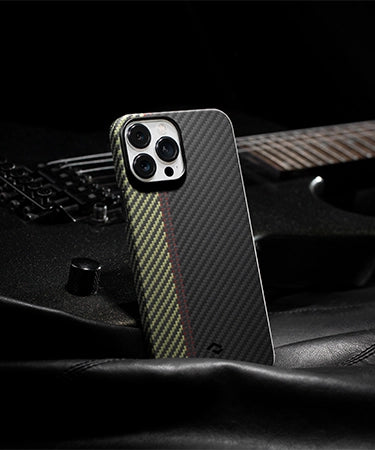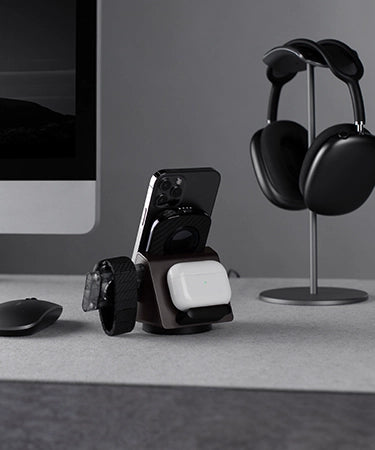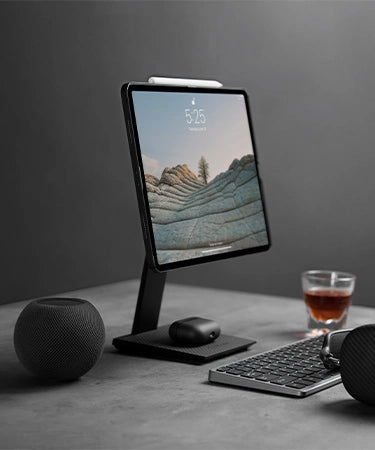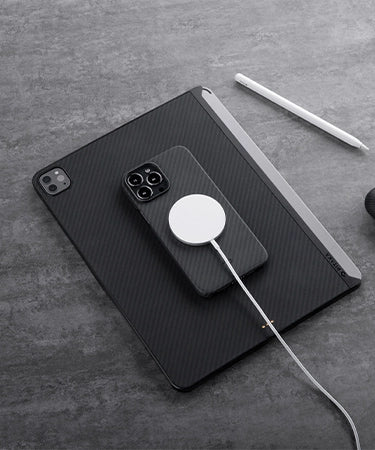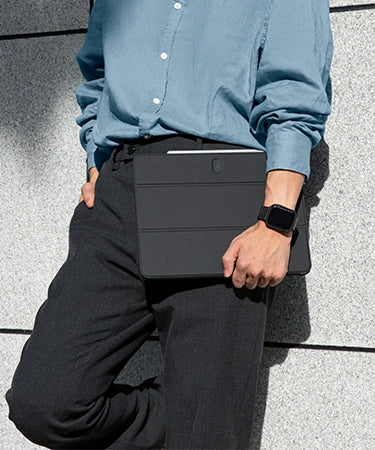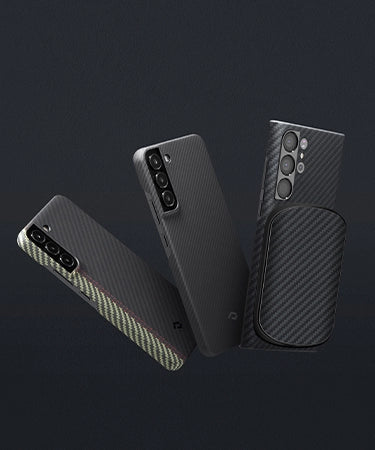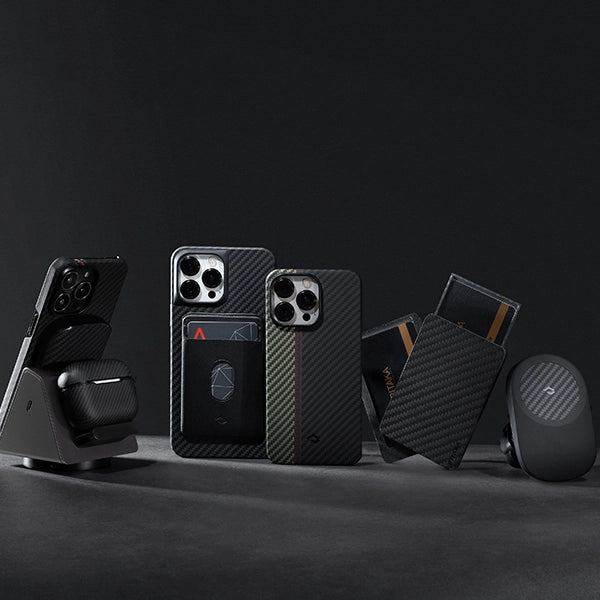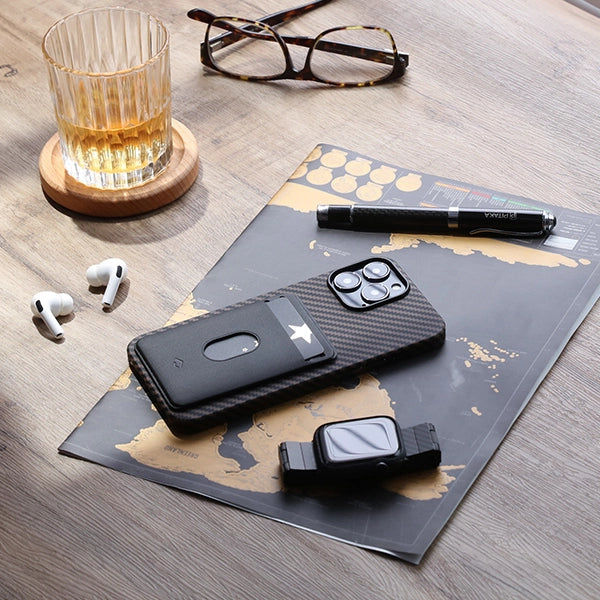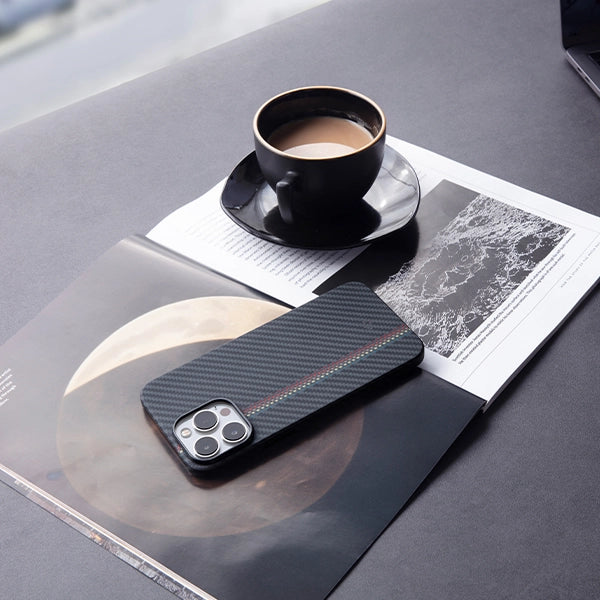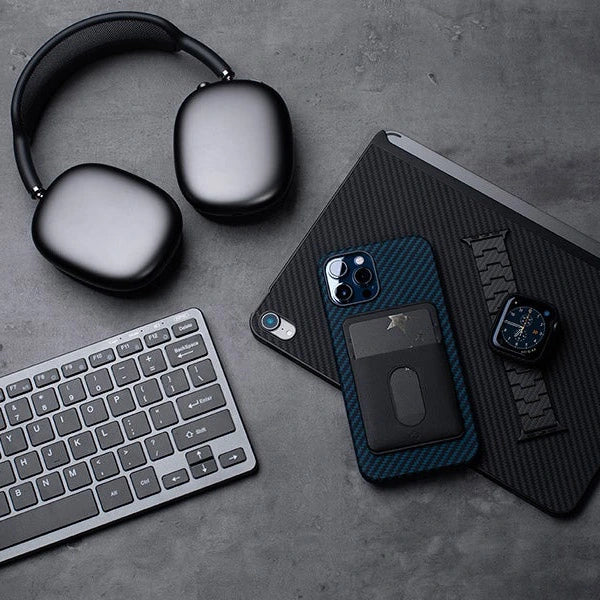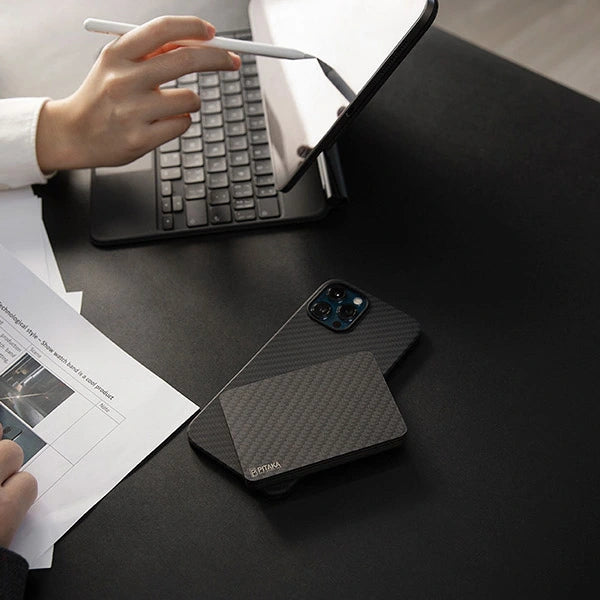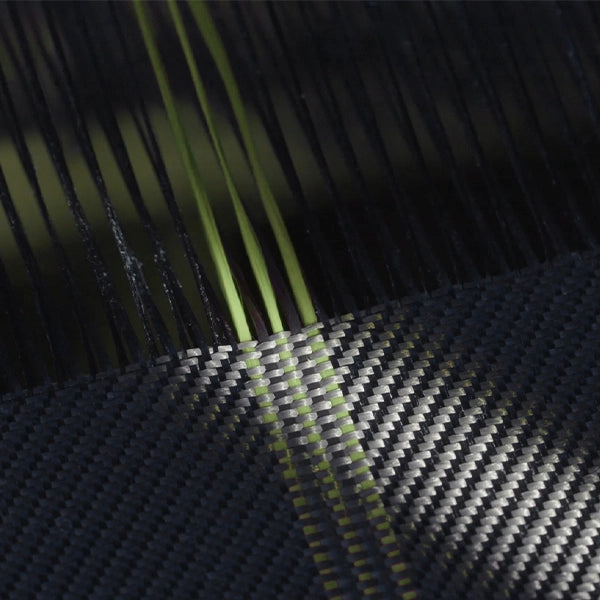
Have five minutes? Good.
That may be all it takes to save your iPhone.
Well, if you were to search Amazon.com, you will find a staggering number of "carbon fiber iPhone cases", 108,043 to be precise (and if you search for "carbon fiber phone cases", even more at 166,581). Look further, and you can find plenty more on other online shopping sites. All of them look great, sleek, and stylish.


Why am I telling you this?
There's a big chance that you end up buying carbon fiber cases, which are not wise buys. Read on to find out why.
1. Carbon Fiber Cases Block your Phones Signal Dramatically!
The reason why I advise you not to get a carbon fiber case is quite simple - it blocks your phone signal, and I mean dramatically.
While it is an excellent and impressive composite material, carbon fiber features high stiffness, high tensile strength, high chemical resistance, high temperature tolerance, low weight and low thermal expansion. It's the ideal material for plenty of applications in the aerospace industry, civil engineering, military, sports equipment, etc. It's also used to make protective durable phone cases, but this is where it all goes wrong.
Why? Because carbon fiber is conductive.
Amongst some of the most common materials used for phone cases, aluminum and carbon fiber have been proven to dramatically reduce your phone's cellular signal reception via Radio Frequency Interference (RFI). Carbon fiber phone cases reduce the average cellular signal by as much as 40%- 60%, and aluminum and other similar metal phone cases don't do much better. They can often affect your signal strength in a similar way.
In other words, both materials are often the fundamental reason why your phone's signal is lower than if you took the case off. Ironically, however, metal and carbon fiber are two of the most wanted materials for buyers and manufacturers, mainly because of their look and durability. But, in truth, this turns out to be the wrong decision when it comes to signal reception.
Conductivity is not the sole reason why carbon fiber is terrible for phone cases.
The material is comprised of at least 95% carbon. The atomic structure of carbon fiber is very similar to graphite, with sheets of carbon atoms arranged in a regular hexagonal pattern. It conducts electricity so well because of the mobility of the electrons in the outer valence shells. It's displaying the properties of both a metal and a nonmetal.
Carbon fiber is a conductor of electricity and magnetism. On the other hand, it absorbs electricity very well. Therefore, as radio waves are electromagnetic, carbon fiber absorbs those waves very well.
And the larger the conductive capacity of carbon fibers, the more the incoming radio signal is attenuated. Simply put, the more genuine a carbon fiber case is, the worse it is to your phone's cellular radio reception.
The Faraday Cage
Alternatively, I can explain this by referring to Faraday or a Faraday cage (Electrostatic Shielding). It should clear things up a little more:
"A Faraday cage or Faraday shield is an enclosure used to block electric fields. It is formed by conductive material or by a mesh of similar materials. It's named after its inventor, the English scientist Michael Faraday".
Electricity is the lifeblood of so many aspects of our world (thanks to Faraday), the main engine that drives technology growth and fuels innovation. Likewise, it can kill modern electronics and machines (the electromagnetic effect). So quite often, people will use a Faraday cage to develop ways to control electricity and make it safer.
Faraday cages come in all shapes and sizes, but with one fundamental attribute, they all use some form of a screen that conducts electricity, which subsequently creates a shielding effect.
So a Faraday cage shields its contents from static electric fields, which is a force field surrounding a charged particle, such as an electron or proton. With the invention of the Faraday Cage, these undesirable and downright disruptive radiation fields came under control.
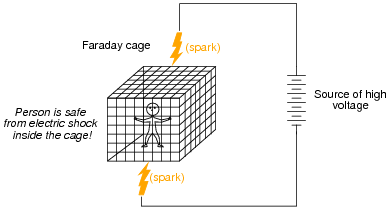
When a phone is wrapped with a carbon fiber phone case or a metal phone case, your signal will decrease dramatically because the carbon fiber absorbs the radio waves.
A phone wrapped with it’s own Mini Faraday cage:
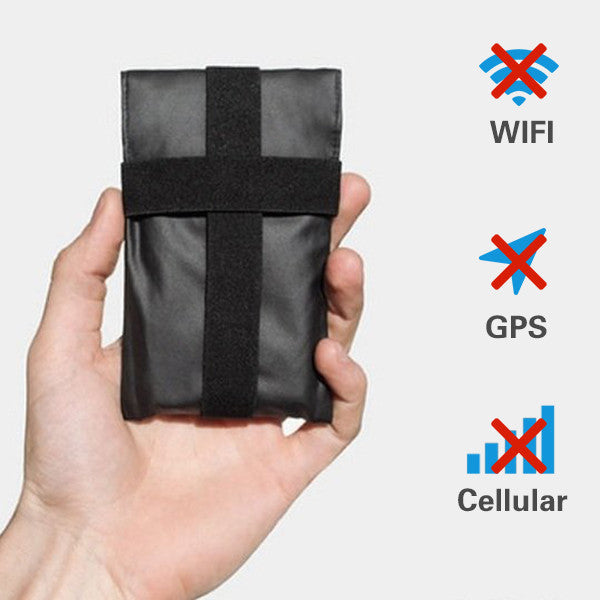
2. What’s the Best Material for A Phone Case?
Now we know that materials like carbon fiber or aluminum are not suitable for making phone cases. What are the alternatives, then?
Out there, you can find plastic cases, polyurethane (PUR) and polycarbonate (PC) phone cases, silicone rubber phone cases, leather phone cases, and of course, carbon fiber and metal phone cases. If the last two do not work very well for your phone, what about the others?
Polyurethane (PUR) phone cases are made from a material predominately used in foam form in furniture and shoes. It's not as strong as another commonly used plastic, e.g., Polycarbonate, but it can provide your phone with a certain degree of protection. Depending on the formulation of PUR, it can either be strong or be soft.
Pros:
- - Affordable
- - Readily available
- - Easy to customize or decorate
Cons:
- - Looks cheap
- - Smells strange
- - Not durable
- - Needs cushioning materials to make it more protective
- - Rigidity makes it easy to crack or break when hits on hard surfaces
Polycarbonate (PC) phone cases are usually a bit bulky, although protective. PC is widely used in manufacturing toys, storage containers, eyeglasses, and even bulletproof glasses.
Pros:
- - Offers good enough protection
- - Can be customized
- - Lightweight
Cons:
- - Looks cheap
- - Not durable
- - Discolors after long exposure to sunlight
- - Can be quite bulky
- - Gets dirty really easily
Silicone rubber phone cases often have an excellent tactile feeling and can be pleasant to touch. This material is extensively used in automotive applications, cooking and baking, sportswear and footwear.
Pros:
- - Soft but uneasy to break
- - Durable
- - Easy to grip or hold
Cons:
- - Bulky and maybe uneasy to slip in or out the pocket
- - Looks cheap
- - Gets dirty really easily
- - Single color available
Authentic leather phone cases are the classic choice to convey one's style and elegance, but they are not that good at protection. Oh, and it may go against a greener lifestyle.
Pros:
- - Stylish and elegant
- - Long-lasting
- - Water-proof
Cons:
- - Not environmentally friendly
- - Pricey
- - Not enough protection against strong impacts
Personal Recommendation Rating
| Score (Total Score: Five- Star) | |
|---|---|
| polyurethane (PUR) phone case | ★★ |
| polycarbonate (PC) phone case | ★★ |
| silicone rubber phone case | ★★★ |
| genuine leather phone case | ★★★ |
3. The Aramid Phone Case Meets All Your Requirements
So, you want to find a phone case that does not interfere with your phone's cellular signal reception, and it's better to be slim, lightweight, protective, and durable?
Seems none of the above can match your needs.
But hold on, can you recall our aramid fibers (Kevlar fibers) discussion that we had several weeks ago?
Aramid fiber is as strong and as durable as carbon fiber. It has high stiffness, high tensile strength, high chemical resistance, high temperature tolerance, low thermal expansion, and even lower density.
Cases crafted from aramid fiber are slim, lightweight, and long-lasting.
| Material | Strength-to-weight KN.m/kg. |
Ultimate Tensile Strength MPa |
Density g/cm3 |
|---|---|---|---|
| Kevlar (Aramid) | 2514 | 2757 | 1.44 |
| Carbon Fiber | 2457 | 4137 | 1.75 |
And, more importantly, it's a great nonconductor, which means it does not interfere in any way with your phone's cellular signal.
All in all, an aramid (Kevlar) phone case meets all the requirements and turns out to be the perfect phone case.
The Bottom Line
Well, the five-minute reading is over.
Hopefully, you have learned something from this blog.
- It's best to avoid choosing a carbon fiber phone case the next time you need to buy a new case, "Just say No".
- You can now clearly explain to your friends why their iPhone with its carbon fiber case has the worst signal strength ever.
- Last but not least, now you know the secret to pick the best phone case.

